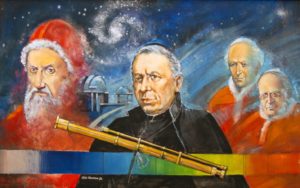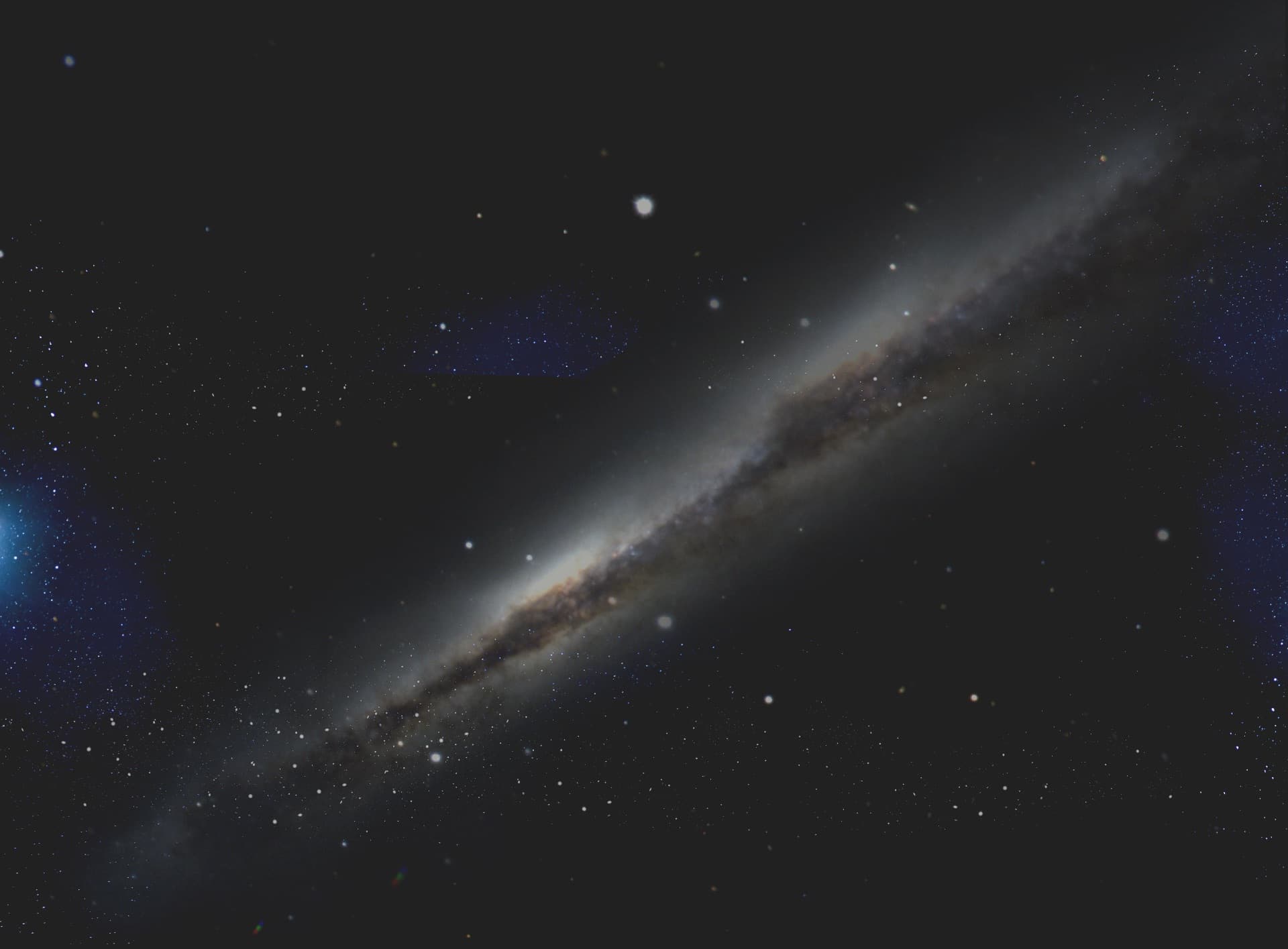 Article
Article- 2000 words
- Level: all audiences
An article about the 19th-century Jesuit astrophysicist Angelo Secchi, published in August 2018 in the magazine America: The Jesuit Review. The author of the article is Adam Hincks, who is also an astrophysicist and a Jesuit. Secchi was a pioneer in the use of spectroscopy to study the stars and planets. Hincks writes:
It is a mark of genius to come up with questions that are obvious in retrospect but that nobody had ever thought of asking before. The Jesuit astronomer Angelo Secchi (pronounced “sekki”), whose 200th anniversary of birth is being celebrated this year, had that talent.
Before Secchi, astronomers were mainly interested in figuring out exactly where stars and planets were. This was important for navigation, and therefore commerce, and intricate mathematical systems were developed to track the motions of the heavens above in order to guide the motions of ships below. But Secchi asked a new question: What are stars and planets? With this question, the brand-new disciplines of astrophysics and planetary sciences were launched.
This may be Secchi’s most famous legacy; but taken in isolation, it does not do justice to his many talents and to a life full of discovery, invention, public service—and even political intrigue.
Click here to access this article from America magazine.
